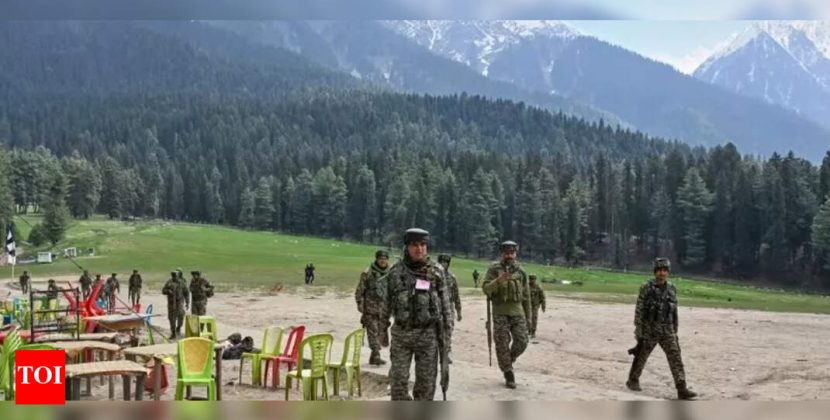
On a February evening, global pop sensation Ed Sheeran picked up his guitar for an impromptu performance on Church Street in Bengaluru. As the crowd sang along to Shape of You, the moment felt electric — until police abruptly shut it down. Permission, they said, had not been granted. That even a superstar couldn’t busk freely underscored a fundamental issue: Indian cities have yet to embrace street performances as part of urban life.
Experts said that the incident highlighted not only a cultural issue, but reflected on the broader gaps in urban planning where cities overlook the street’s potential as a dynamic space for community engagement and artistic expression.
This is also in contrast to cities across the world such as London, New York, and Paris, where street performances are an essential part of urban cultural fabric. London’s Covent Garden, for example, is known for its lively street performers; New York City’s Times Square is a magnet for buskers, and Paris’ Place du Tertre in Montmartre has been a thriving cultural hub where artists and performers co-exist with locals and tourists.
{{/userSubscribed}}
{{/userSubscribed}}
Indian performers, on the other hand, remain caught in a web of outdated regulations and inconsistent enforcement. Even in Bengaluru, known for its cultural vibrancy, artists struggle to find a place where music and urban life can coexist.
“This is part of a larger issue — the lack of social spaces in our cities,” said urban designer Aakash Hingorani. “Street performances bring vibrancy to urban life, offering a much-needed breather from its fast-paced, mechanical nature. Street performances humanise the city, transforming streets from mere transit corridors into places where people pause, interact, and share experiences. We need to value our streets as spaces meant for people — walkable, socially engaging, and culturally enriching.”
Urban planner and architect Dikshu Kukreja echoed the sentiments. “Our cities prioritise vehicle movement, commercial zones, and security concerns at the expense of artistic and social vibrancy,” he says. “Unlike London or New York, where cultural planning is embedded in urban design, Indian cities lack a framework that integrates artistic expression into city life.”
{{/userSubscribed}}
{{/userSubscribed}}
“Indian cities need adaptable plazas, pedestrian corridors, and spill-out zones with a clear spatial hierarchy,” says Kukreja. “Multi-use spaces with integrated seating, elevated platforms, and adaptable lighting can enable spontaneous performances without disrupting pedestrian flow. For example, Kolkata’s Park Street has pockets that could be reimagined as cultural micro-hubs.”
{{/usCountry}}
“Indian cities need adaptable plazas, pedestrian corridors, and spill-out zones with a clear spatial hierarchy,” says Kukreja. “Multi-use spaces with integrated seating, elevated platforms, and adaptable lighting can enable spontaneous performances without disrupting pedestrian flow. For example, Kolkata’s Park Street has pockets that could be reimagined as cultural micro-hubs.”
{{/usCountry}}
But, the absence of clear policies leaves buskers vulnerable. Police intervention is inconsistent, and obtaining permission is often a bureaucratic nightmare. This legal uncertainty creates an environment of fear, where performers never know if they’ll be allowed to play or be forced to pack up.
Where buskers belong
Globally, cities have found creative ways to support street culture. London’s Covent Garden, for instance, has a licensing system to regulate performances while maintaining public order. New York’s Times Square performers follow guidelines that balance artistic freedom with pedestrian safety. Similarly, Paris’ Place du Tertre requires artists to register with authorities, granting them legitimacy.
{{/userSubscribed}}
{{/userSubscribed}}
In India, informal busking hubs have emerged in places like Connaught Place and Khan Market in Delhi, Carter Road and Marine Drive in Mumbai, and Park Street in Kolkata. But the lack of clear regulations and support leaves them in a legal grey area — one day they may perform without issue, while the next, they could be forced to stop.
“I face problems with the police no matter where I perform in Kolkata,” says Rishav Ghosh, a guitarist who has been busking at Park Street every evening since 2020. “Some people assume I’m begging, but I just want to share my music. Yes, I have a QR code for tips — music is my livelihood. Some of the greatest musicians started as buskers. Cities need policies to protect and empower us.”
{{/userSubscribed}}
{{/userSubscribed}}
Experts argue that India needs designated cultural zones — pedestrian streets, public squares, and marketplaces — where performances are legal and encouraged. But not everyone is on board with such a plan.
In Connaught Place, traders are among the most ardent opposers. “We already have vendors blocking corridors, and we don’t want buskers adding to the chaos,” says Atul Bhargava, president of the New Delhi Traders Association. “Connaught Place is a commercial centre, not a cultural hub.”
Kukreja stressed that the solution lies in achieving balance. “Cities like Singapore and Melbourne have flexible licensing that allow performers to use designated zones during peak hours, ensuring cultural vibrancy without overcrowding,” he said.
But in India, the legal status of busking remains ambiguous.
{{/userSubscribed}}
{{/userSubscribed}}
“There’s no specific provision to grant licenses to buskers,” says Tushar Giri Nath, chief commissioner of Bruhat Bengaluru Mahanagara Palike. “They might fit under the Street Vending Act, but since they accept tips rather than selling goods, it’s unclear. It’s a complex issue, and we need to examine various legal aspects.”
Hingorani suggested a self-regulated model, allowing artists to perform freely while ensuring they don’t obstruct public movement.
Busker Anshu Sinha, who has performed in Delhi’s Khan Market for eight years, agrees. “I perform after shops shut, so I don’t face resistance. My audience consists mostly of pub-goers at night, so shop owners have no reason to complain,” he said. “Problems arise when buskers disrupt businesses or cause a nuisance.”
{{/userSubscribed}}
{{/userSubscribed}}
Cities and street art
Some Indian cities are experimenting with urban spaces that support artistic expression.
In Delhi, the revamped Ring Road features Stall, a covered performance space hosting street plays. Coimbatore’s Periyakulam Lake Promenade has amphitheaters where local bands and buskers perform regularly. The city has also transformed a flyover into an artist-friendly zone.
“Our Car-Free Sundays initiative has turned Racecourse Road into an open cultural space,” says Bhaskar Srinivasan of Coimbatore’s Smart Cities Mission. “From 6am to 9am every Sunday, it becomes a stage for dance, music, and art.”
Hingorani stressed that these initiatives should be the norm, not the exception. “If we want cities where art and culture thrive, we must rethink urban design. Streets should be platforms for expression, not just spaces for traffic,” he said. “Buskers bring life to cities—at no cost. We need to recognise their value.”
{{/userSubscribed}}
{{/userSubscribed}}

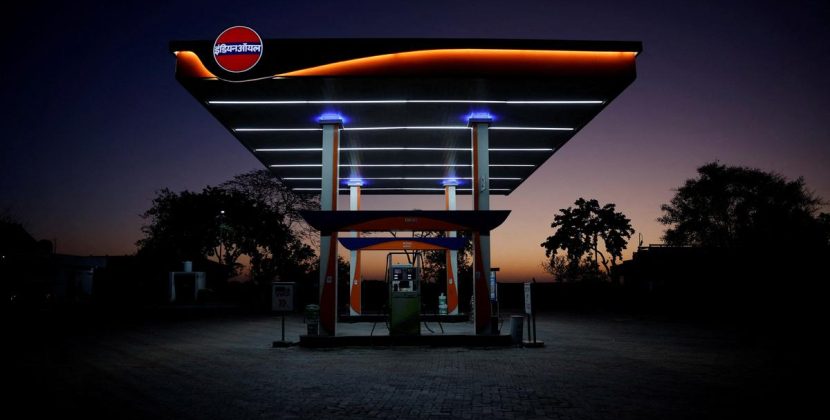
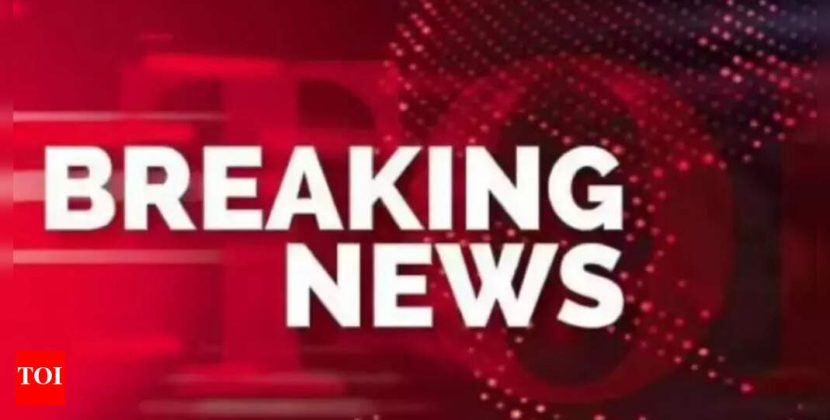





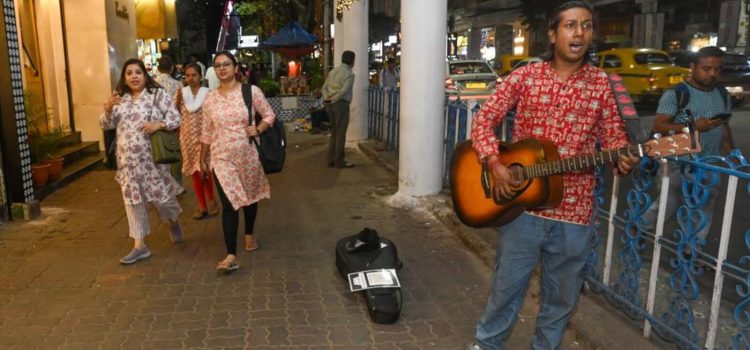
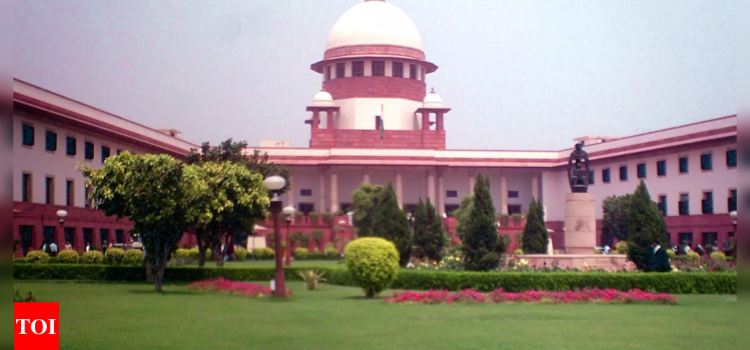
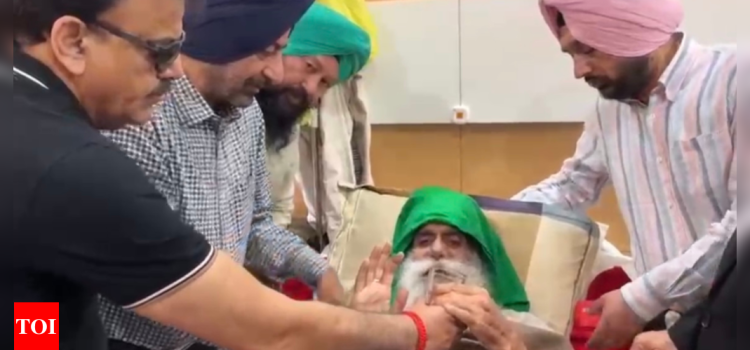



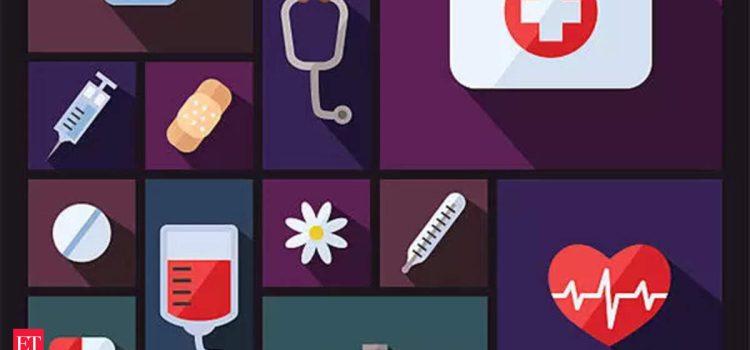
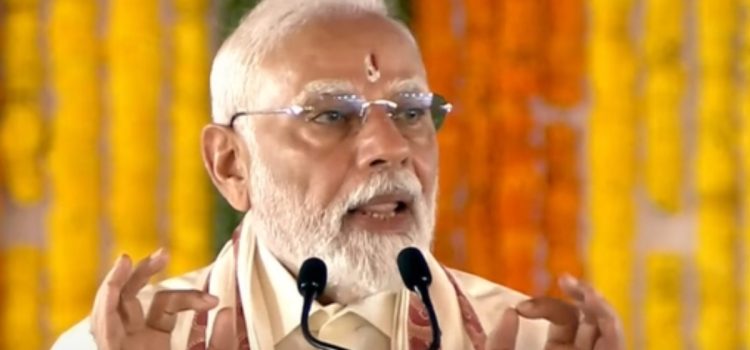
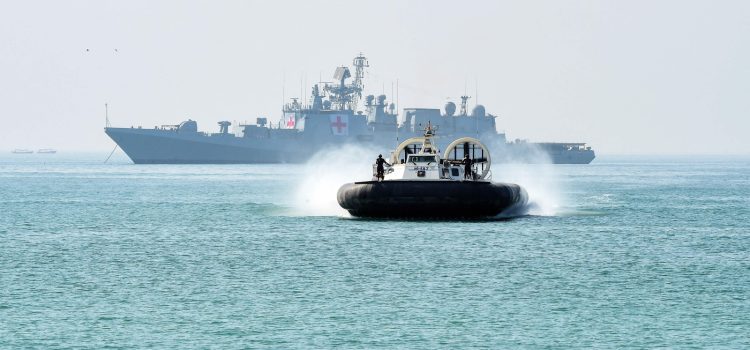



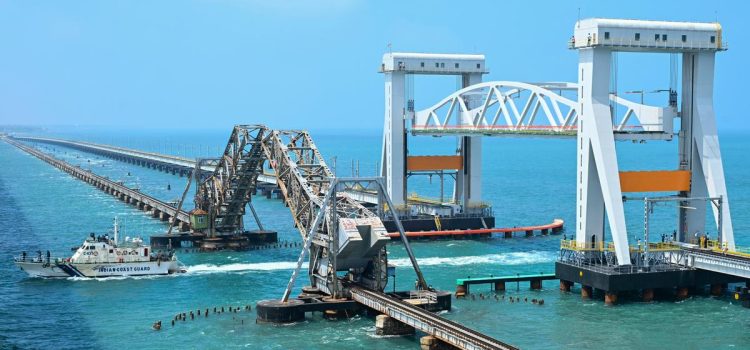

Comments